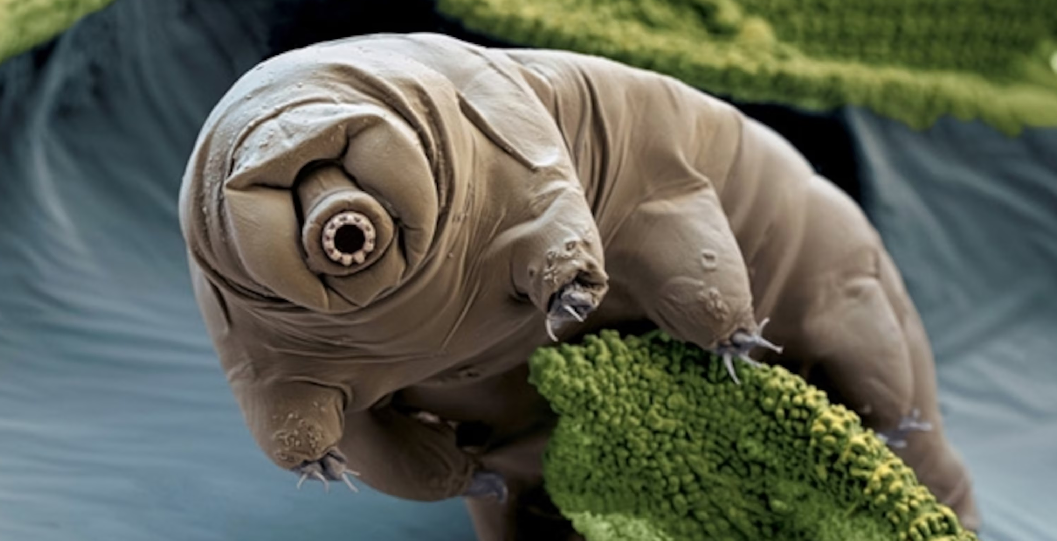Tardigrades
Posted by Olympiad Tester on

Tardigrades, often referred to as "water bears" or "moss piglets," are microscopic, water-dwelling creatures known for their incredible resilience and unique characteristics. Despite their diminutive size, these remarkable organisms exhibit a range of fascinating traits that set them apart in the world of microfauna.
Fact 1: Tardigrades were first discovered in 1773 by German zoologist Johann August Ephraim Goeze, who initially named them "water bears" due to their lumbering, bear-like appearance under the microscope.
Fact 2: These microscopic animals belong to the phylum Tardigrada and can be found in various environments, from the deep sea to the highest mountain ranges. They are particularly abundant in mosses and lichens.
Fact 3: Tardigrades have an astonishing ability to survive extreme conditions, including intense radiation, freezing temperatures, and the vacuum of space. They have even endured exposure to the harsh conditions of outer space during scientific experiments.
Fact 4: Despite their ability to endure extreme environments, tardigrades are also found in more common habitats. They play a crucial role in nutrient cycling and are an essential part of microbial ecosystems.
Fact 5: Tardigrades can undergo a state called cryptobiosis, during which they lose almost all of their water content and essentially enter a state of suspended animation. In this state, they can survive harsh conditions that would be fatal to most other life forms.
Fact 6: There are over 1,300 known species of tardigrades, each with its own unique characteristics. These species vary in size, shape, and specific adaptations to their environments.
Fact 7: Tardigrades are remarkable not only for their resilience but also for their longevity. Some species have been known to live for several years, and they can withstand desiccation, or extreme dehydration, for extended periods.
Fact 8: The name "tardigrade" is derived from the Latin words "tardus," meaning slow, and "gradus," meaning step. This name reflects their lumbering movement and deliberate pace.
Fact 9: Tardigrades have a well-developed digestive system and feed on plant cells, algae, and small invertebrates. They use a piercing stylet to suck out the contents of individual cells.
Fact 10: The study of tardigrades has provided valuable insights into the potential for life to exist in extreme environments, including other planets and celestial bodies.
As we delve into the intriguing world of tardigrades, their exceptional abilities and unique adaptations continue to captivate scientists and enthusiasts alike.
